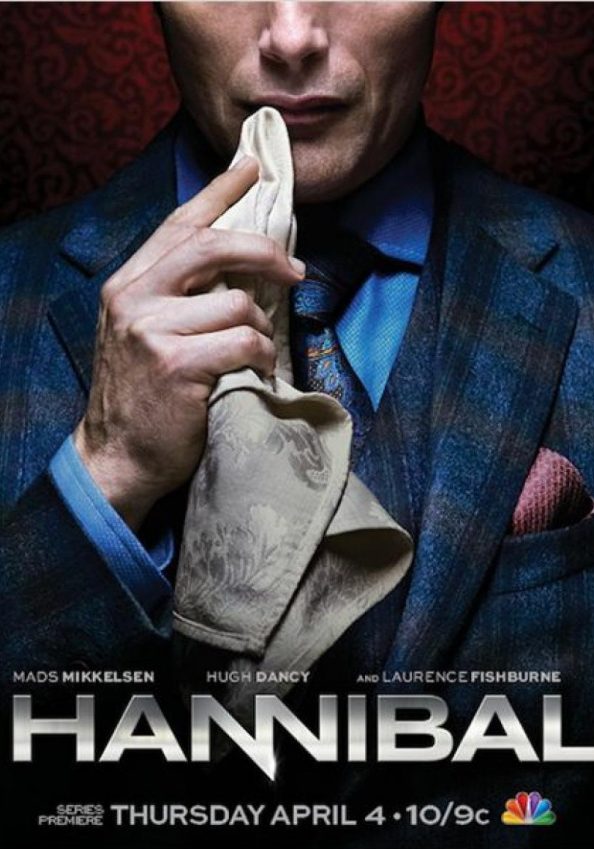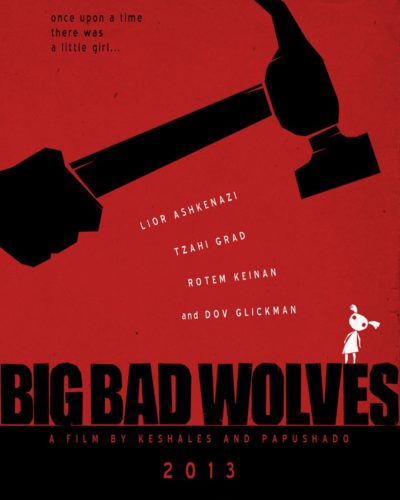A Symphony of Horror Dressed in Silk
“Before we begin, you must all be warned: nothing here is vegetarian.” These chilling words set the stage for a television series that serves up horror with impeccable taste and artistic flair. Hannibal, developed by Bryan Fuller and ripping onto screens in 2013, plunges audiences into the deeply twisted relationship between enigmatic psychiatrist Dr. Hannibal Lecter (Mads Mikkelsen) and haunted FBI profiler Will Graham (Hugh Dancy). Straying from gore for cheap thrills, this series serves a spoil-free, cerebral brand of terror infused with psychological depth that paints a portrait of a killer as an artist, and murder as an act of perverse creation.
An Elegy of Terror: Crafting the Atmosphere
The true brilliance of Hannibal lies in its atmospheric horror. The series exudes a constant sense of foreboding and psychological tension, often opting for suggestion and implication over explicitness. The director, through a meticulous approach, constructs a suffocating cocoon of discord and tranquility. The horror isn’t delivered in sudden jolts but rather oozes out from beneath the surface of civility and cultured refinement that masks the ghastly reality.
Visceral Imagery: Cinematography That Feasts on Fear
The visual storytelling in Hannibal is a feast for the senses. The cinematography shrouds every scene in an aurora of dread while allowing a bizarre beauty to bleed through. The masterful use of lighting and color palettes creates a dreamlike quality where reality is as distorted as the psyches within it. Camera angles become an extension of the characters’ perspectives—often disorienting, sometimes intimate—lending a unique hand to the narrative. Furthermore, the clever use of visual metaphors and symbolism elevates this series from a mere thriller to art-house horror tapestry.
Effortless Crescendos: Sound That Echoes Fear
Soundtrack and sound design play crucial roles in heightening the horror in Hannibal. Clever sound layering amplifies the tension, sewing notes of fear through the melody of the narrative. Moreover, the moments of silence carry a weight that often surpasses the horror of noise—a heart-thumping quietude suggesting the calm before a storm. These elements align to ensure the audience is audibly captive within Hannibal’s unnerving world.
From Monstrosity to Morality: Performances and Themes
The characters in Hannibal are the series’ crowning glory. The show delves deep into the intricacies of the mind, compelling the audience to experience terrifying empathy for both hunter and hunted. Mikkelsen’s portrayal of Hannibal is utterly chilling—his performance breathes a cold elegance into a character that is as cultured as he is cruel. Dancy, as the tormented Will Graham, leads the audience through an inferno of empathy and horror, leaving viewers question where madness begins and sanity ends.
The Heart of Darkness: Horror Elements Dissected
In its essence, Hannibal is a psychological thriller laced with elements of body horror that reframes the genre’s conventions. The horror here is an exquisite enigma, relying less on visceral gore and more on the gradual unraveling of the mind. Yet, when the series does employ gore, it does so with an artist’s precision, painting a scene rather than simply splashing the canvas.
Appetite for Allegory: The Subtext
The thematic undercurrent of Hannibal is as profound as it is provocative. The series weaves a complex tapestry of moral ambiguity, challenging the viewer’s perceptions of right and wrong. It explores themes of identity, perception, and the very nature of evil, all through the lens of horror, elevating it beyond mere scares into a contemplative experience.
Conclusion: A Veritable Feast for the Senses
Hannibal stands as a testament to the potential of horror television. It weaves a narrative so entrancing and unnervingly beautiful that it claims its rightful place as a modern classic of the genre. While its sophistication may not cater to those yearning for straightforward slasher fare, it is undoubtedly a delicacy for connoisseurs of psychological and stylistic horror. The series may be best savored by viewers who relish in character-driven narratives, detailed aesthetics, and are not faint of heart regarding on-screen violence.
In comparison to contemporary horror offerings, Hannibal stakes its claim through intellectual fear, aesthetic horror, and emotional disquiet—far removed from the jumpscare-laden paths frequently trodden today. It’s a show that finds camaraderie more in the psychological throb of a Hitchcockian thriller than in the constant staccato of a modern-day horror flick. Each episode is as much an exploration of the shadowy corners of the human psyche as it is a master class in suspenseful storytelling.
With this final bow, Hannibal is a rare breed of horror that not only frightens but also invites introspection, making it a must-watch for those who seek depth within their terrors. Yet, viewers should be forewarned: the graphic content is executed with artistic intention, but it can be deeply unsettling. This is not a series for the squeamish but rather a cerebral journey into darkness that dares to confront the horrors within us all.




